#Conques
Explore tagged Tumblr posts
Text
Conques, Francia
1K notes
·
View notes
Text
Abbey Church of Sainte-Foy, Conques, France: The Abbey Church of Sainte-Foy in Conques, France, was a popular stop for pilgrims traveling the Way of St. James to Santiago de Compostela, in what is now Spain. The main draw for medieval pilgrims at Conques were the remains of Sainte-Foy, a young woman martyred during the fourth century. The relics of Sainte-Foy arrived in Conques through theft in 866. Wikipedia
2K notes
·
View notes
Text

11th-century St. Foy basilica in Conques, Rouergue region of France
French vintage postcard
#11th-century#sepia#st. foy#century#photography#vintage#france#postkaart#basilica#ansichtskarte#conques#ephemera#carte postale#postcard#11th#postal#briefkaart#region#photo#rouergue#tarjeta#historic#french#postkarte
79 notes
·
View notes
Text
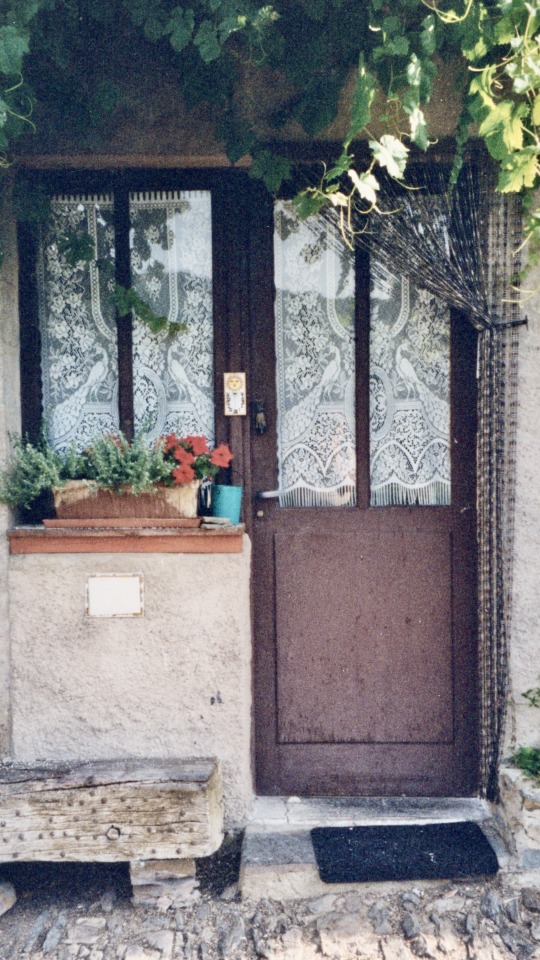
Porte et fenêtre avec rideaux de dentelle, Conques, Aveyron, 1999.
#townscape#architecture#vernacular#door#window#lace curtains#conques#aveyron#occitania#france#1999#photographers on tumblr
17 notes
·
View notes
Text
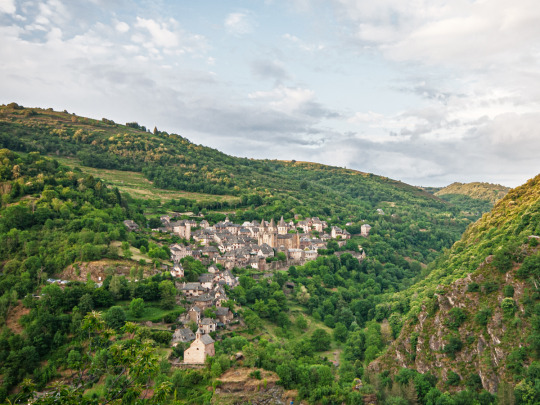
DANS UNTROU DE VERDURE.
Conques.
10 notes
·
View notes
Text

❁ ✧
Conques, France
3 notes
·
View notes
Photo
100 years ago:


Conques / France (by Jean-Jacques Cordier).
#postkaart#photo#postcard#conques#photography#postal#architecture#sepia#postkarte#briefkaart#vintage#carte postale#aveyron#ansichtskarte#years#france#patrimoine#french#ephemera#historic#monument#tarjeta
2K notes
·
View notes
Text
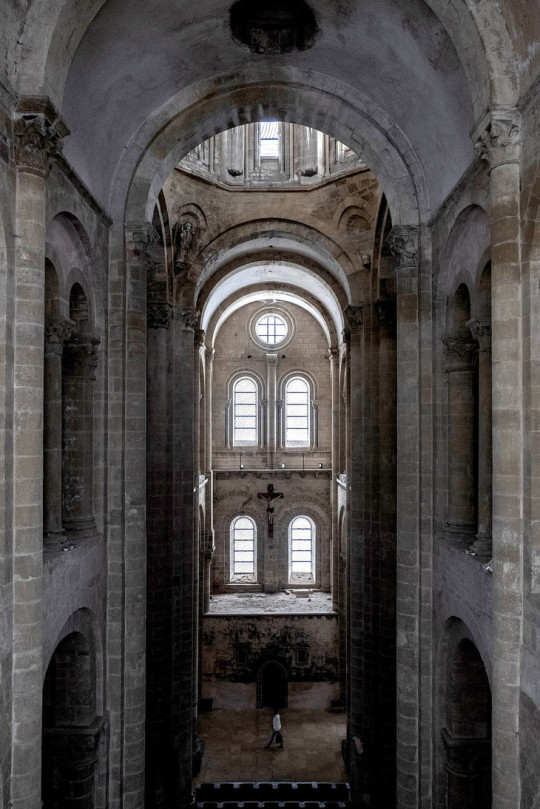
Conques, abbatiale Sainte Foy, vitraux conçus par Pierre Soulages
0 notes
Text

11th-century St. Foy basilica in Conques, Rouergue region of France
French vintage postcard
#11th-century#sepia#st. foy#century#photography#vintage#france#postkaart#basilica#ansichtskarte#conques#ephemera#carte postale#postcard#11th#postal#briefkaart#region#photo#rouergue#tarjeta#historic#french#postkarte
11 notes
·
View notes
Text
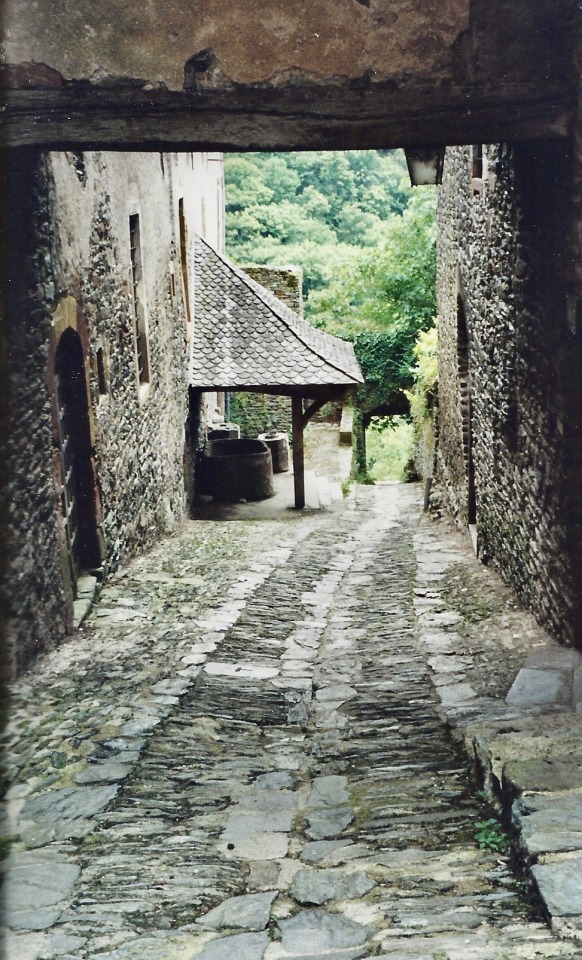
Ruelle qui descend vers la rivière, Conques, 1999.
#townscape#alley#stone#conques#aveyron#occitanie#france#1999#chemin st. jacques#via podiensisr#camino santiago
15 notes
·
View notes
Photo
100 years ago:


Abbey Church of St. Foy, 12th century, Conques, France
#medieval#carte postale#conques#postcard#church#architecture#france#patrimoine#europe#photo#french#old#vintage#eglise#photography#monument
16K notes
·
View notes
Text
Tallying every single tree in the kingdom. Endangered South Asian sandalwood. British war to control the forests. Failure of the plantation. Until the twentieth century, the Empire couldn't figure out how to cultivate sandalwood because they didn't understand that the plant is actually a partial root parasite, so their plantation monoculture approach of eliminating companion species was self-defeating.
---
Selling at about $147,000 per metric ton, the aromatic heartwood of Indian sandalwood (S. album) is arguably [among] the most expensive wood in the world. Globally, 90 per cent of the world’s S. album comes from India [...]. And within India, around 70 per cent of S. album comes from the state of Karnataka [...] [and] the erstwhile Kingdom of Mysore. [...] [T]he species came to the brink of extinction. [...] [O]verexploitation led to the sandal tree's critical endangerment in 1974. [...]
---
Francis Buchanan’s 1807 A Journey from Madras through the Countries of Mysore, Canara and Malabar is one of the few European sources to offer insight into pre-colonial forest utilisation in the region. [...] Buchanan records [...] [the] tradition of only harvesting sandalwood once every dozen years may have been an effective local pre-colonial conservation measure. [...] Starting in 1786, Tipu Sultan [ruler of Mysore] stopped trading pepper, sandalwood and cardamom with the British. As a result, trade prospects for the company [East India Company] were looking so bleak that by November 1788, Lord Cornwallis suggested abandoning Tellicherry on the Malabar Coast and reducing Bombay’s status from a presidency to a factory. [...] One way to understand these wars is [...] [that] [t]hey were about economic conquest as much as any other kind of expansion, and sandalwood was one of Mysore’s most prized commodities. In 1799, at the Battle of Srirangapatna, Tipu Sultan was defeated. The kingdom of Mysore became a princely state within British India [...]. [T]he East India Company also immediately started paying the [new rulers] for the right to trade sandalwood.
British control over South Asia’s natural resources was reaching its peak and a sophisticated new imperial forest administration was being developed that sought to solidify state control of the sandalwood trade. In 1864, the extraction and disposal of sandalwood came under the jurisdiction of the Forest Department. [...] Colonial anxiety to maximise profits from sandalwood meant that a government agency was established specifically to oversee the sandalwood trade [...] and so began the government sandalwood depot or koti system. [...]
From the 1860s the [British] government briefly experimented with a survey tallying every sandal tree standing in Mysore [...].
Instead, an intricate system of classification was developed in an effort to maximise profits. By 1898, an 18-tiered sandalwood classification system was instituted, up from a 10-tier system a decade earlier; it seems this led to much confusion and was eventually reduced back to 12 tiers [...].
---
Meanwhile, private European companies also made significant inroads into Mysore territory at this time. By convincing the government to classify forests as ‘wastelands’, and arguing that Europeans would improves these tracts from their ‘semi-savage state’, starting in the 1860s vast areas were taken from local inhabitants and converted into private plantations for the ‘production of cardamom, pepper, coffee and sandalwood’.
---
Yet attempts to cultivate sandalwood on both forest department and privately owned plantations proved to be a dismal failure. There were [...] major problems facing sandalwood supply in the period before the twentieth century besides overexploitation and European monopoly. [...] Before the first quarter of the twentieth century European foresters simply could not figure out how to grow sandalwood trees effectively.
The main reason for this is that sandal is what is now known as a semi-parasite or root parasite; besides a main taproot that absorbs nutrients from the earth, the sandal tree grows parasitical roots (or haustoria) that derive sustenance from neighbouring brush and trees. [...] Dietrich Brandis, the man often regaled as the father of Indian forestry, reported being unaware of the [sole significant English-language scientific paper on sandalwood root parasitism] when he worked at Kew Gardens in London on South Asian ‘forest flora’ in 1872–73. Thus it was not until 1902 that the issue started to receive attention in the scientific community, when C.A. Barber, a government botanist in Madras [...] himself pointed out, 'no one seems to be at all sure whether the sandalwood is or is not a true parasite'.
Well into the early decades of twentieth century, silviculture of sandal proved a complete failure. The problem was the typical monoculture approach of tree farming in which all other species were removed and so the tree could not survive. [...]
The long wait time until maturity of the tree must also be considered. Only sandal heartwood and roots develop fragrance, and trees only begin developing fragrance in significant quantities after about thirty years. Not only did traders, who were typically just sailing through, not have the botanical know-how to replant the tree, but they almost certainly would not be there to see a return on their investments if they did. [...]
---
The main problem facing the sustainable harvest and continued survival of sandalwood in India [...] came from the advent of the sandalwood oil industry at the beginning of the twentieth century. During World War I, vast amounts of sandal were stockpiled in Mysore because perfumeries in France had stopped production and it had become illegal to export to German perfumeries. In 1915, a Government Sandalwood Oil Factory was built in Mysore. In 1917, it began distilling. [...] [S]andalwood production now ramped up immensely. It was at this time that Mysore came to be known as ‘the Sandalwood City’.
---
Text above by: Ezra Rashkow. "Perfumed the axe that laid it low: The endangerment of sandalwood in southern India." The Indian Economic and Social History Review, Volume 51 (2014), Issue 1, pages 41-70. First published online 10 March 2014. DOI: 10.1177/0019464613515533 [Bold emphasis and some paragraph breaks/contractions added by me. Italicized first paragraph/heading in this post added by me. Presented here for commentary, teaching, criticism purposes.]
#a lot more in full article specifically about#postindependence indian nationstates industrial extraction continues trend established by british imperial forestry management#and ALSO good stuff looking at infamous local extinctions of other endemic species of sandalwood in south pacific#that compares and contrasts why sandalwood survived in india while going extinct in south pacific almost immediately after european conques#abolition#ecology#imperial#colonial#landscape#indigenous#multispecies#tiger#tidalectics#archipelagic thinking#intimacies of four continents#carceral geography#geographic imaginaries#haunted#indigenous pedagogies#black methodologies#tigers and elephants#whither the maneater
278 notes
·
View notes
Text
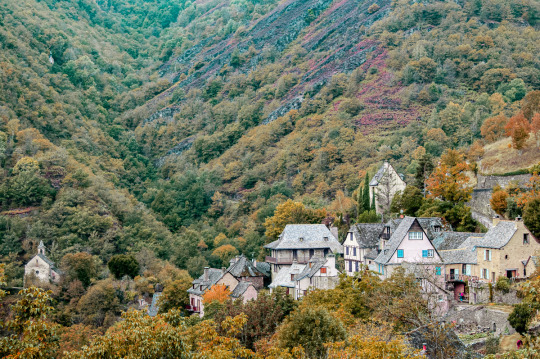
AU CREUX DU VALLON.
Conques.
8 notes
·
View notes
Text
So i've been playing this flight sim called Nuclear Option recently, which is all about fancy futuristic warplanes with nukes and such, and found my new favorite fictional plane:
The CI-22 Cricket

Idk it's just... it's so silly! Dingy little rotor plane, barely gets to 300 km/h in a game where every other aircraft breaks the sound barrier, just flyin around raining rockets like no tomorrow.
Funniest part is that while the other planes faceplant into the ground if they taxi outside asphalt for 10 seconds, this little fella doesnt give a solid shit about the ground its standing on, if theres a ground then i can lift off of it.
Deeply unserious plane


#airplanes#video games#nuclear option#flight simulator#idk if its based off a real world aircraft#the only one i can think of as a inspiration is the brazillian Super Tucano (which is also a rather silly rotor CAS plane)#but its DEFINITELY inspired by the Orca from Command and Conque it has to be#if you know you know
62 notes
·
View notes
Text






























Part 1 of 2
Spiderman Far From Panel At The Conque 2(2019) pics..
#Spiderman Far From Panel At The Conque 2(2019)#jacob benjamin gyllenhaal#jacob gyllenhaal#fluffy boy post#jake gyllenhaal#love his fluffy beard#fluffy beard#fluffy#tom holland
8 notes
·
View notes
